Skyline Wilderness Park is a multi-use park right next to Napa, and it has a great network of trails for hiking, mountain biking, and horseback riding. We visited this site for an early season hike and found a good variety of ferns, mushrooms, and various shrubs/trees. It was early for wildflowers, but we’ll be back later in the season. Lots of native plants getting ready to bloom!
The Flowers
Our visit was in early February on a dry, sunny day. Too early for wildflowers, but lots of things to catch my interest. Here’s a sample of a few of my favorites from this hike (click on the image to see a larger view).
Milkmaids is one of the earliest wildflowers you’ll find in the Napa/Sonoma area, and they were just starting to bloom here.
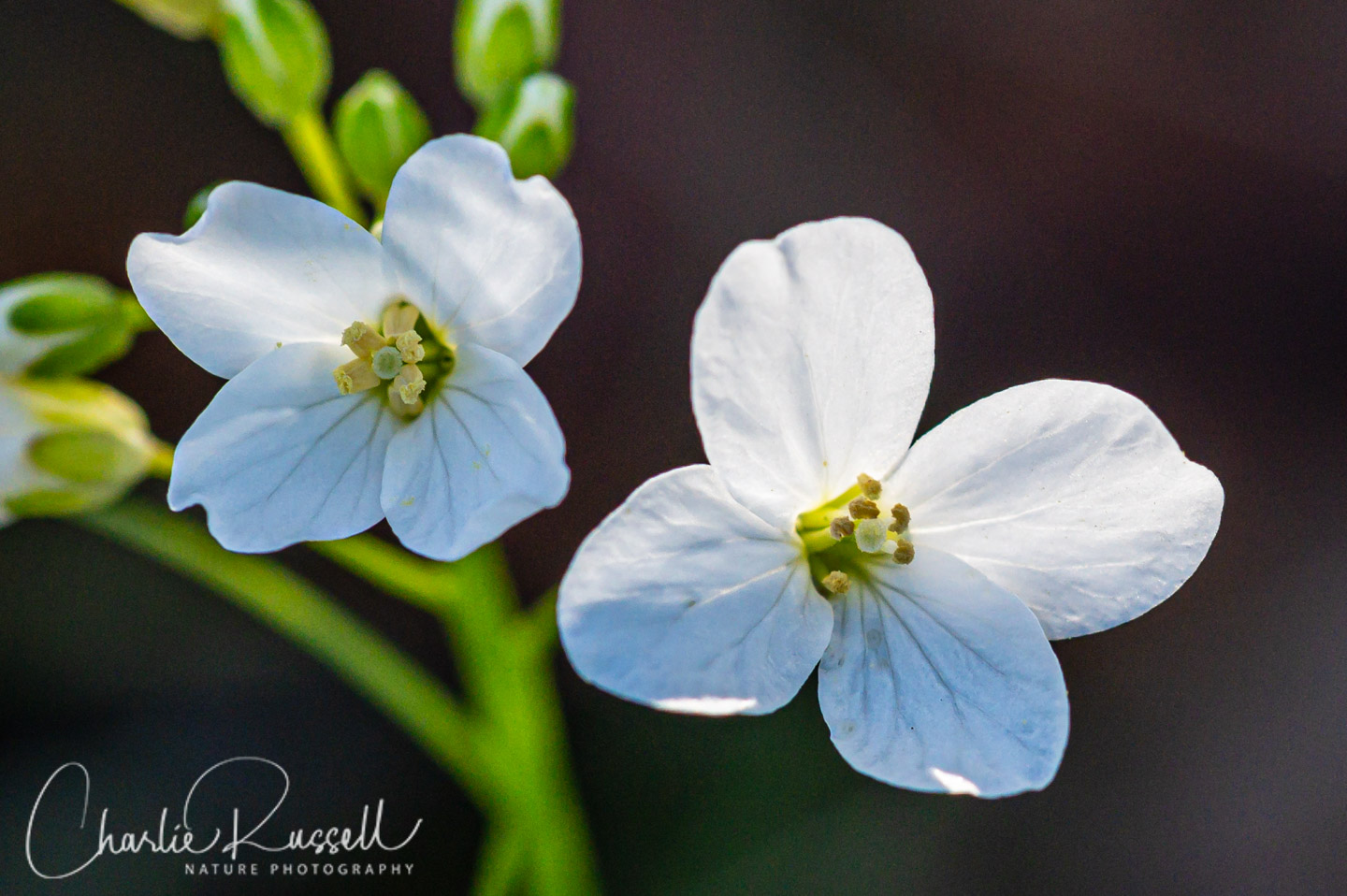
There are several species of Manzanita on the property, and some were blooming.
We found at least five species of fern, as well as many lichens and mosses.
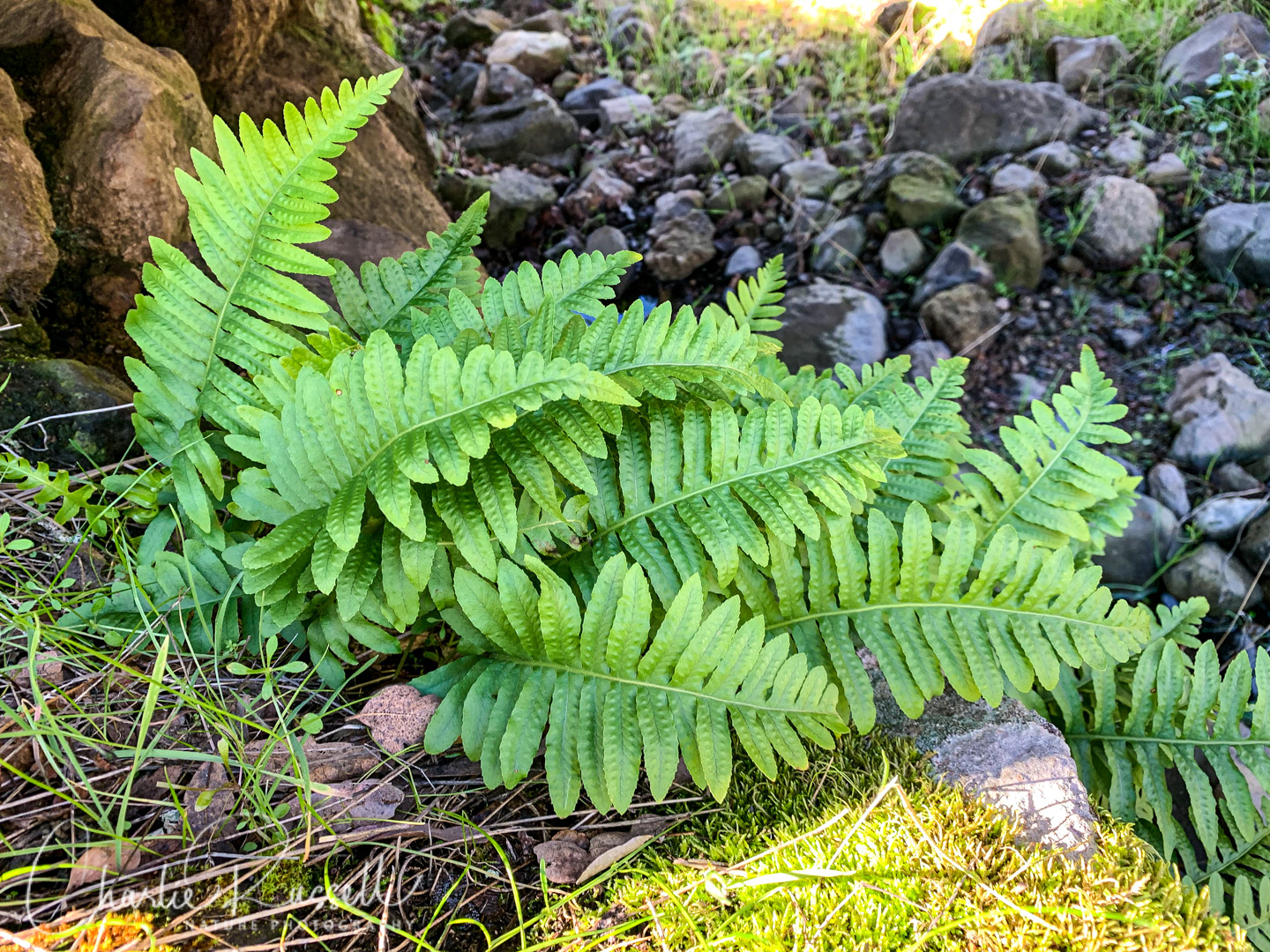
If you click on lightbox image below you will be able to scroll through all of the plants (and other things) that we found on this hike. All photos are available for purchase in a variety of formats.
The Hike
There are 25 miles of trails in the park, many are multi-use trails for hiking, mountain biking, and equestrian. On this visit we did a loop that was about 4 miles total. This was on a weekday, so it wasn’t crowded.
The Manzanita trail starts near the disc golf course and archery range (which, fortunately for participants, are separate courses). A nice easy grade that takes you up into the wooded hills, where things get more interesting.
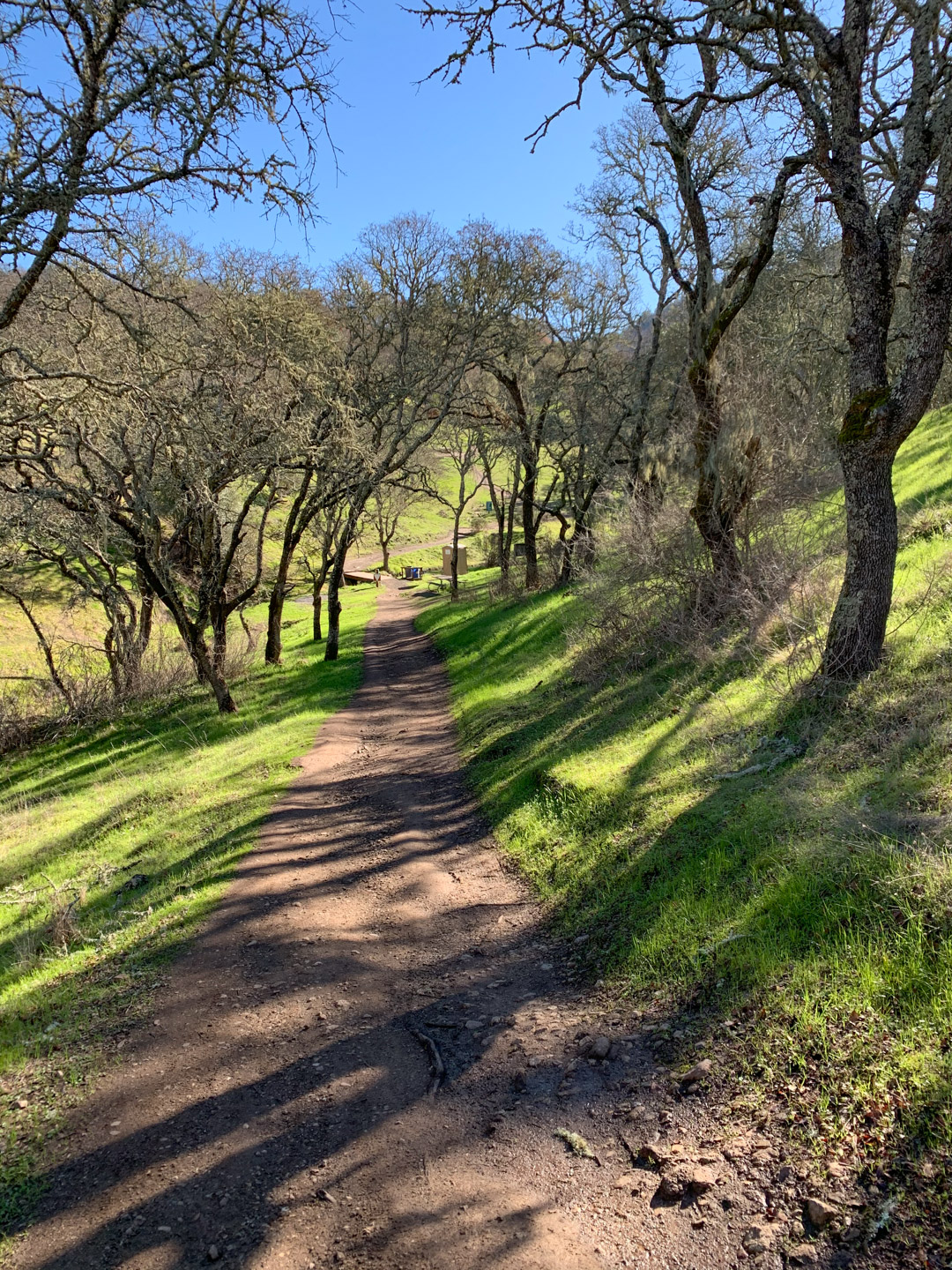
About 1 3/4 mile in there is a sign marking the junction of the Manzanita trail and the Toyon trail. We continued on the Manzanita trail, which takes you higher up on the ridge, rather than the Toyon trail which takes you lower in the valley. Up on the ridge things are more exposed, lots of the older manzanita were burned in a fire a number of years ago. You get a good look at how manzanita/Chamise chaparral can recover from a fire. And you get some great views back towards Napa.

It was interesting to see a number of rock walls running across the hillside. I don’t know the history of these walls, but they did provide us a great seat while we ate our lunch.
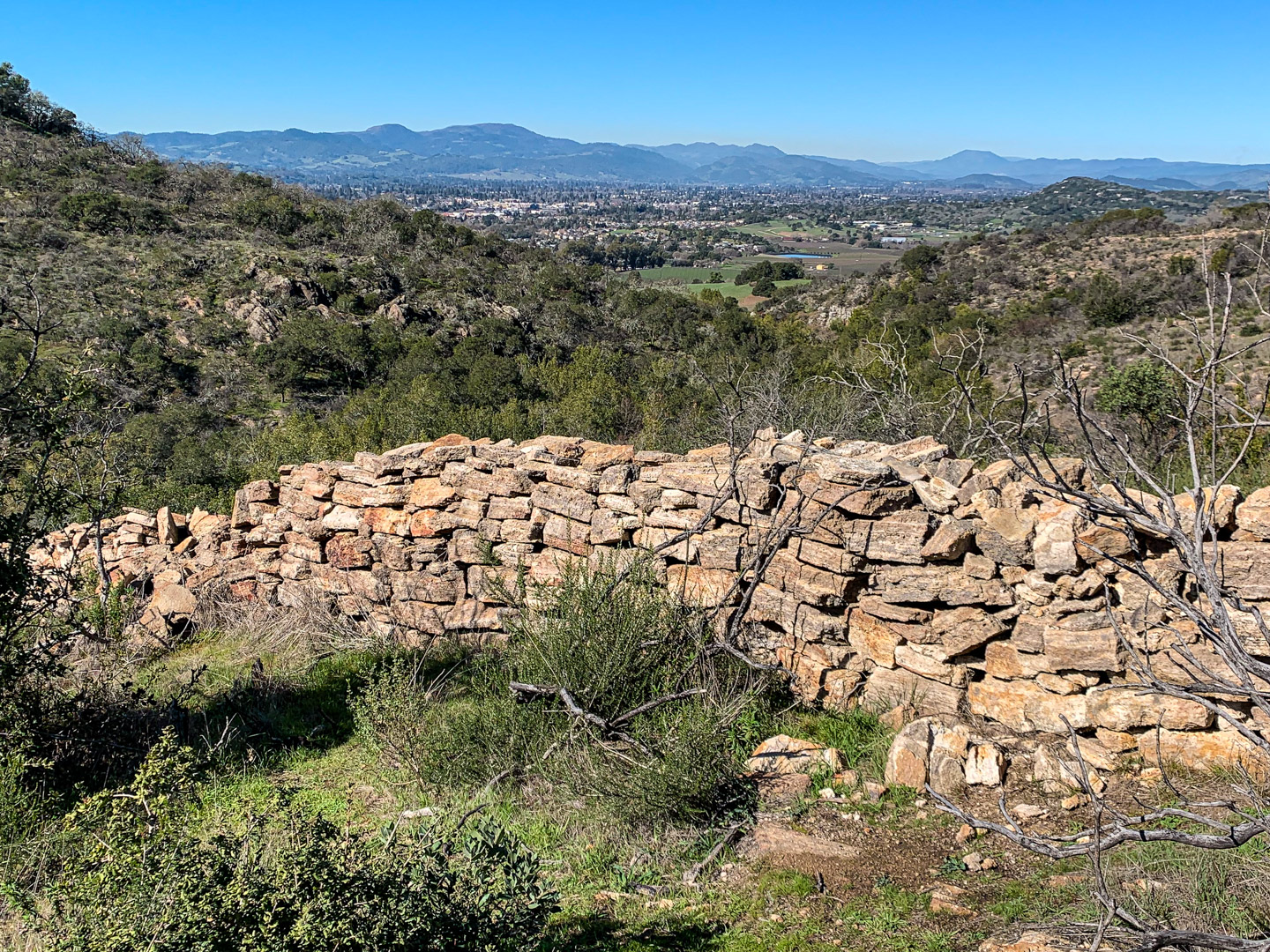
The trail heads back to the bottom of the valley, where there is a small stream. Crossing the bridge to the other side, we joined Lake Marie Road for an easy return through the oak woodland, back to the parking area.
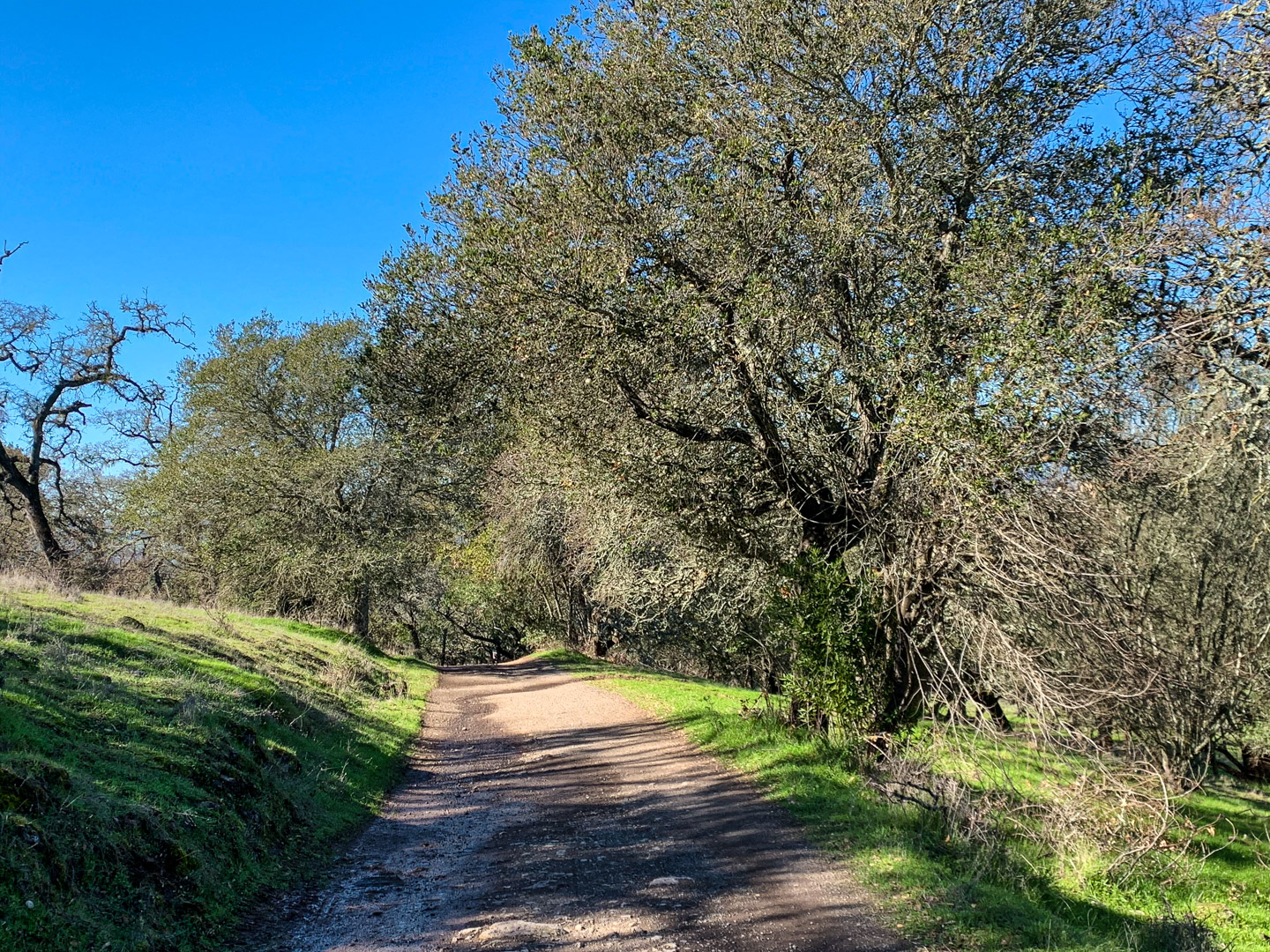
Here’s the track that we followed:
Skyline Wilderness Park
Profile
Move your mouse along the elevation graph to show the location on the map. The Refresh icon will re-center the map. The Expand icon will expand to full screen.
Directions
Skyline Wilderness Park is next to the city of Napa. It is surprising how interesting this park is, with lots of native plants, when it is so close to civilization! From Highway 121 (Soscol Avenue) in Napa, just north of the Napa Valley College and Napa State Hospital, take Imola avenue going east. At the very end of Imola (where it makes a sharp left turn and becomes 4th Avenue) the park entrance will be on your right. There is a fee of $6.00 per car for entry.
The park has many amenities – the disc golf course, an archery range, campsites, an RV park, and the Martha Walker Native Habitat Garden. There are picnic tables good restrooms at the parking lot.
There is a PDF map available on the park website, just scroll down on their main page for the link.
Timing is Everything
This was an early season visit (early February), before there were many wildflowers. That is a great time to see some of the winter blooming shrubs (manzanitas, bay tree), mushrooms, and all the wonderful ferns on this trail. We will definitely be returning here later in the spring, as there were a lot of interesting plants that were just sprouting. I expect that you will find good wildflowers from late February on to early May, depending on rainfall and temperatures.
This was a sunny, clear day with temperatures in the upper 50’s, great for hiking. Several places were a bit muddy, so you might not want to come out right after a big rainstorm.
Skyline Wilderness Park Wildflower Listing
Here’s a listing of the native plants that we found on this visit. I don’t have pictures of all of these in the gallery, as many that I took are low resolution pictures using my phone camera (I use those for iNaturalist observations).
The ones listed in color are endemic to California (that is, found only in California). “nif” means “not in flower”, which isn’t surprising for a visit in February. CNPS numbers are ratings for rare plants by the California Native Plant Society (see my explanation of CNPS ranks). In most cases the scientific name will be a link to a reference source such as Calflora.
- California bay, Umbellularia californica
- California poppy, Eschscholzia californica (nif)
- California Yerba Santa, Eriodictyon californicum (nif)
- Calistoga ceanothus, Ceanothus divergens. CNPS rank 1B.2 (nif)
- Canyon nemophila Nemophila heterophylla (nif)
- Chamise, Adenostoma fasciculatum (nif)
- Checker Lily, Fritillaria affinis (nif)
- Coast live oak, Quercus agrifolia (nif)
- Common Yarrow, Achillea millefolium (nif)
- Coyote brush, Baccharis pilularis (nif)
- Erigeron sp.
- Fremont’s death camas, Toxicoscordion fremontii (nif)
- Grand houndstongue, Cynoglossum grande (Adelinia grande)
- Inland scrub oak, Quercus berberidifolia (nif)
- Manzanita, Arctostaphylos sp.
- Milkmaids, Cardamine californica
- Miner’s lettuce, Claytonia perfoliata (nif)
- Pacific sanicle, Sanicula crassicaulis (nif)
- Pink honeysuckle, Lonicera hispidula (nif)
- Poison oak, Toxicodendron diversilobum (nif)
- Sticky monkeyflower (aka bush monkeyflower), Diplacus aurantiacus (nif)
- Toyon, Heteromeles arbutifolia (nif)
- Wavyleaf soap plant, Chlorogalum pomeridianum (nif)
The following are non-native plants that we found on the hike as well. I was actually pretty surprised that we didn’t see more!
- Filaree, Erodium sp. (nif)
- Himalayan blackberry, Rubus armeniacus (nif)
- Wild radish, Raphanus sp.
In addition, we found the following items of interest:
- California maidenhair fern, Adiantum jordanii (fern)
- California Mycena, Mycena californiensis (mushroom)
- California Polypody, Polypodium californicum (fern)
- Coastal wood fern, Dryopteris arguta (fern)
- Common Fieldcap, Agrocybe pediades (mushroom)
- Coyote Brush Bud Gall Midge, Rhopalomyia californica
- Giant Chain Fern, Woodwardia fimbriata
- Gold back fern, Pentagramma triangularis (fern)
- Greenshield Lichen, Flavoparmelia sp.
- Haircap Mosses, Polytrichum sp.
- Hairy brackenfern, Pteridium aquilinum var. pubescens (fern)
- Lace Lichen, Ramalina menziesii. CA official state lichen
- Manzanita Leafgall Aphid, Tamalia coweni
- Oakmoss, Evernia prunastri (lichen)
- Pixie Cup Lichen, Cladonia sp. (lichen)
- Speckled Greenshield, Flavopunctelia flaventior (lichen)
- Star Moss, Syntrichia ruralis
- Western Jack-O’-Lantern, Omphalotus olivascens (mushroom)
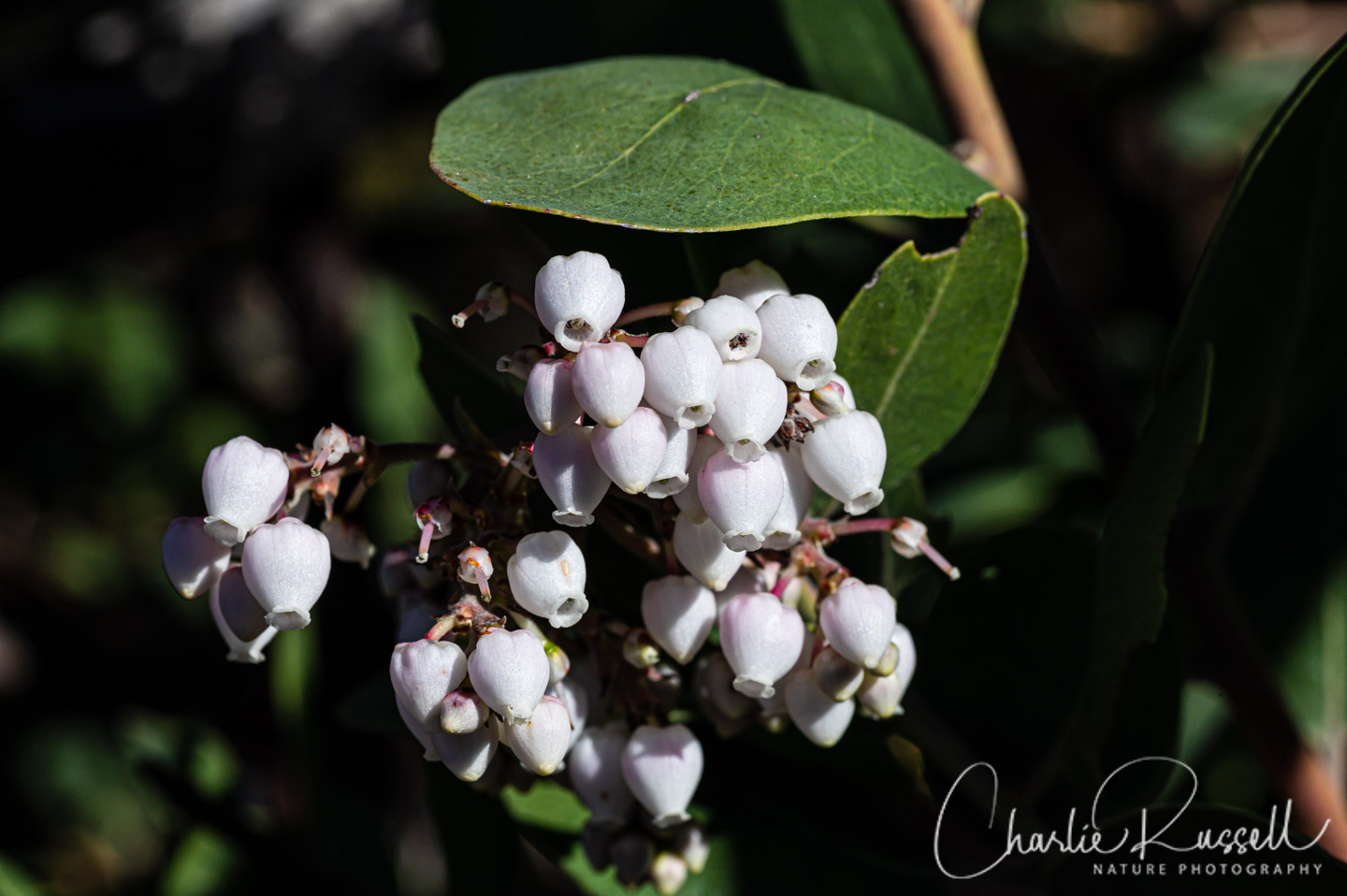
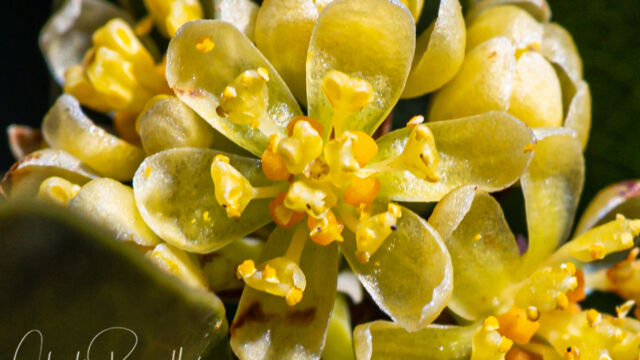
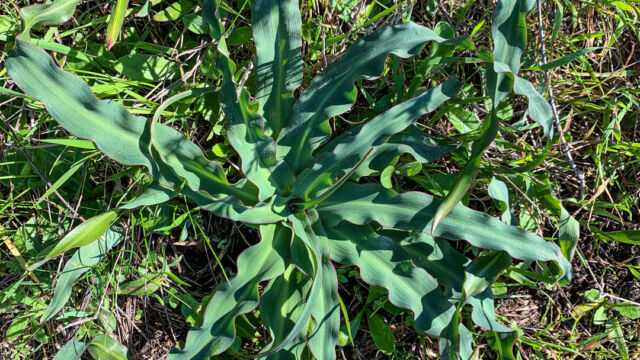
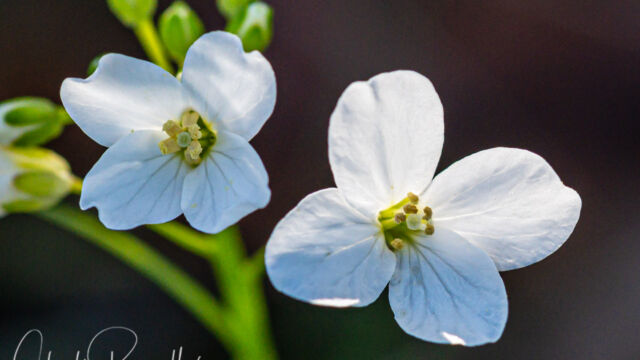
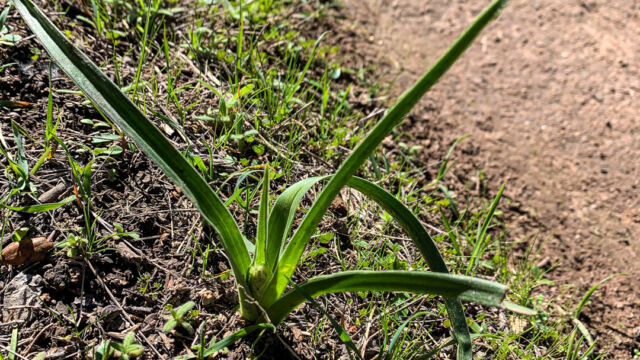
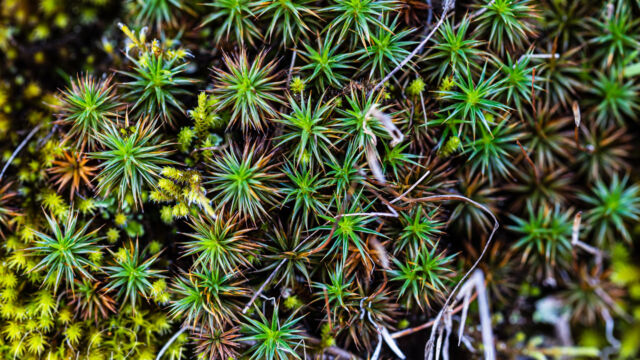
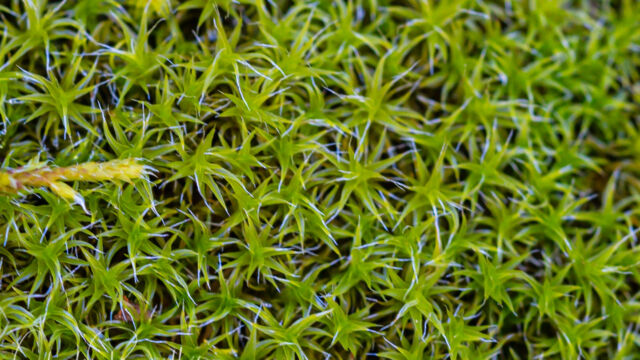
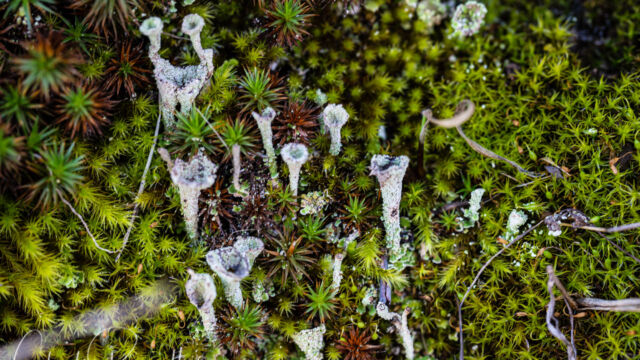
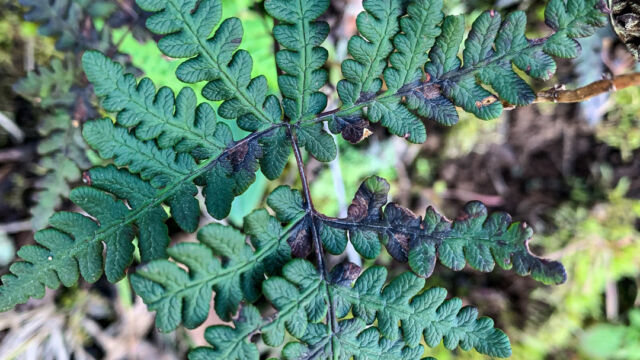
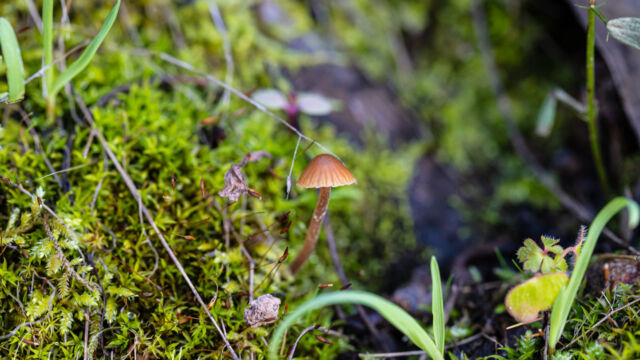
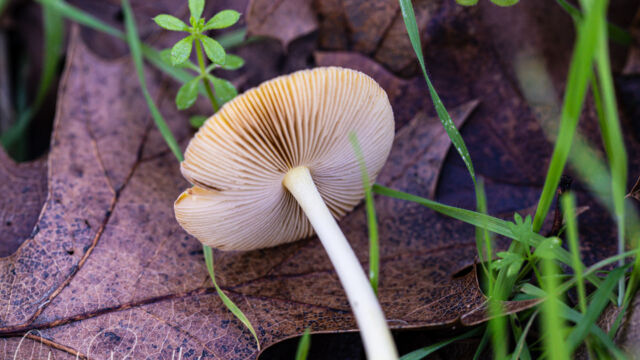
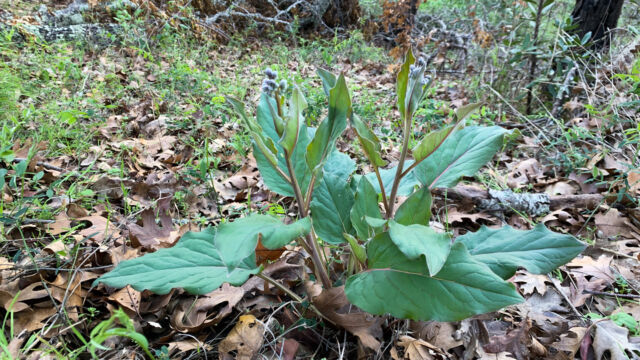
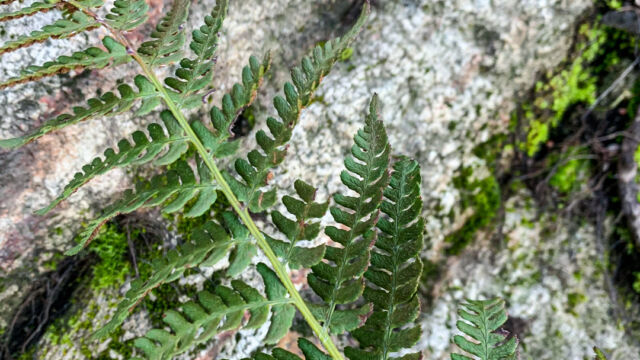

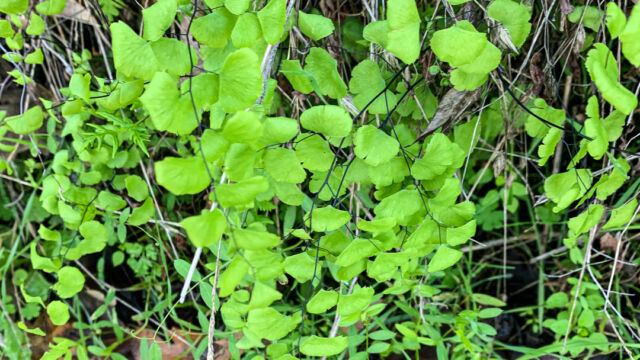

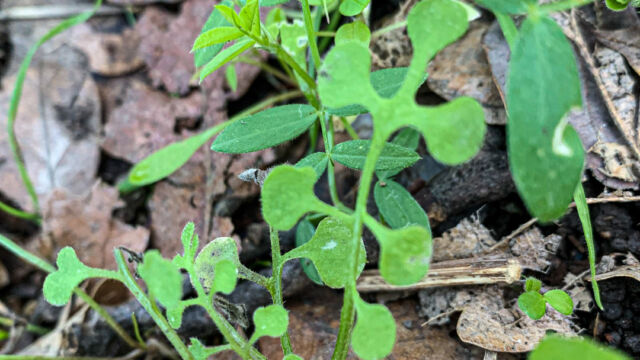
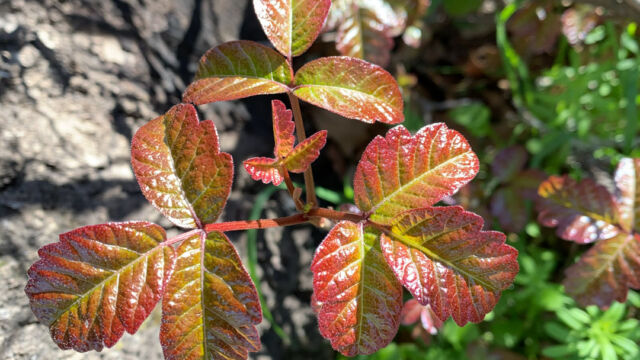
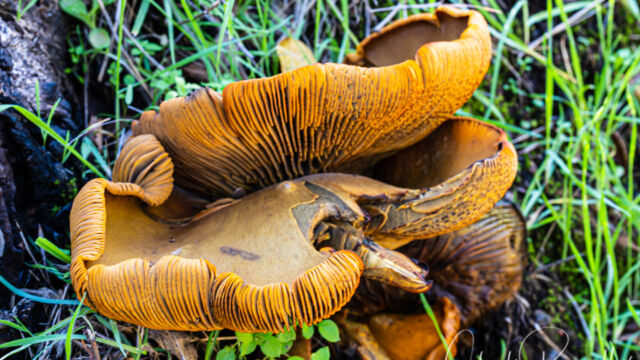
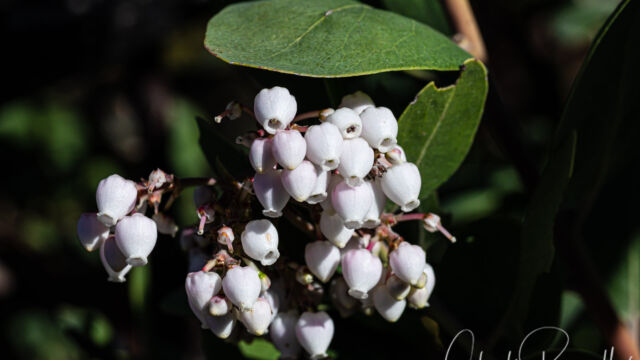
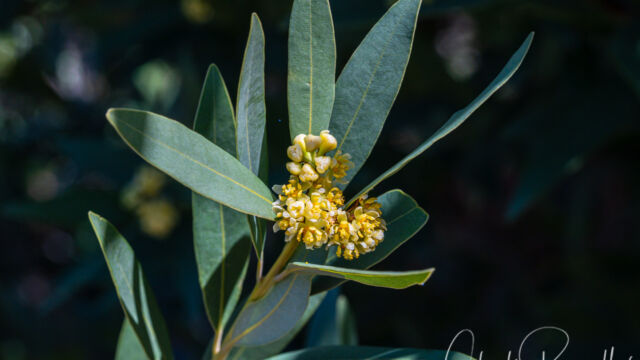
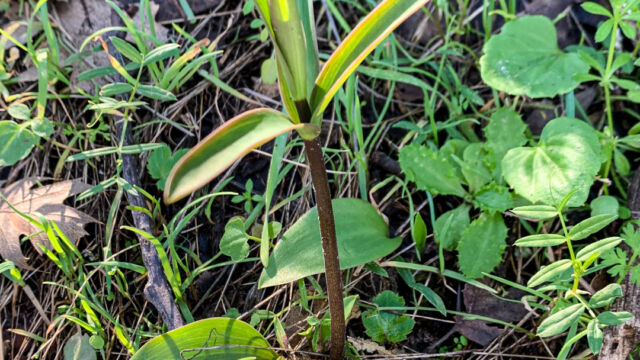
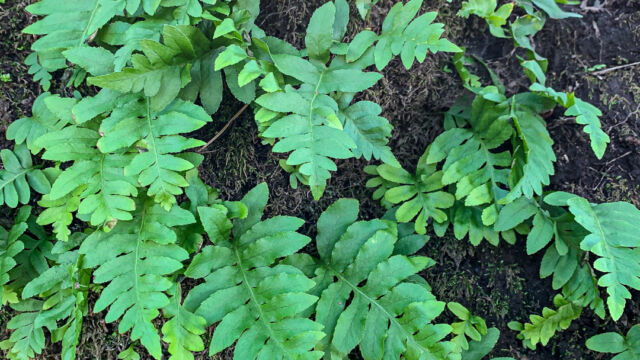
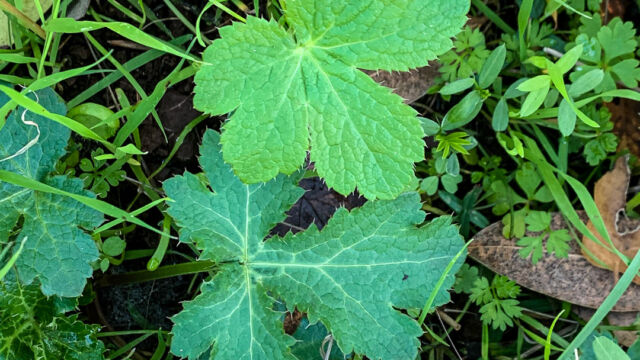
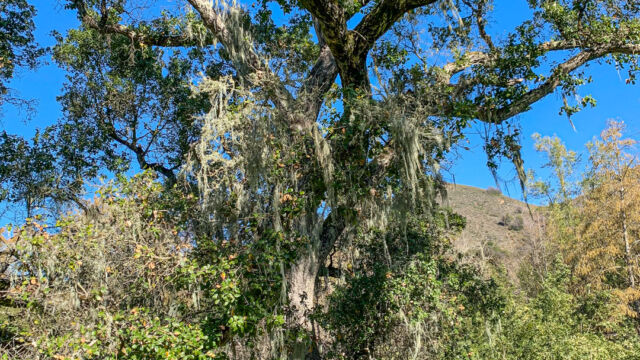
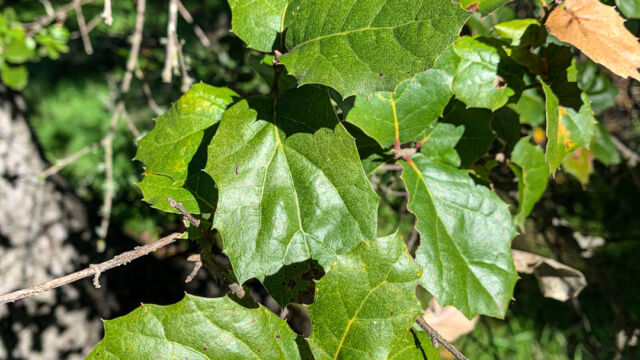

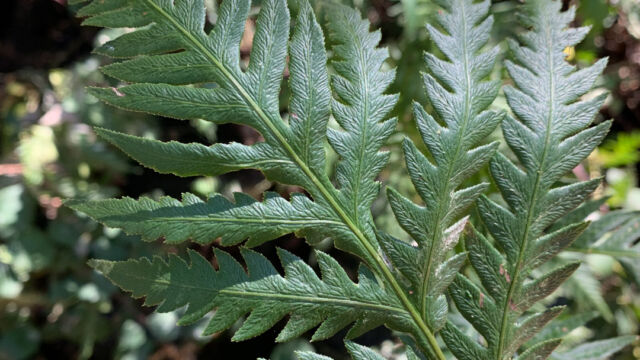
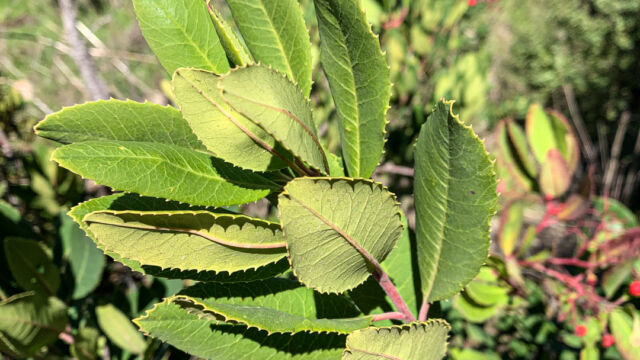
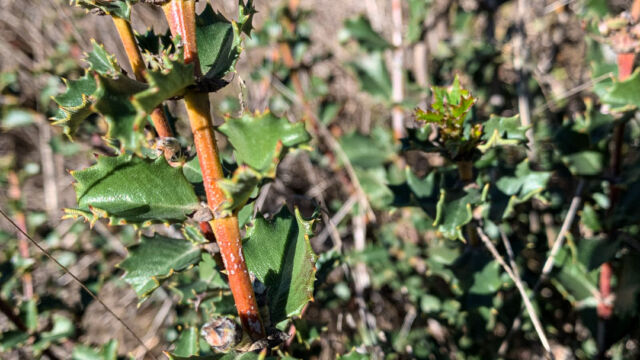
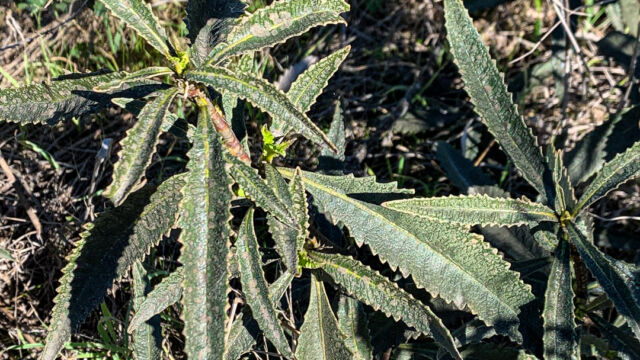
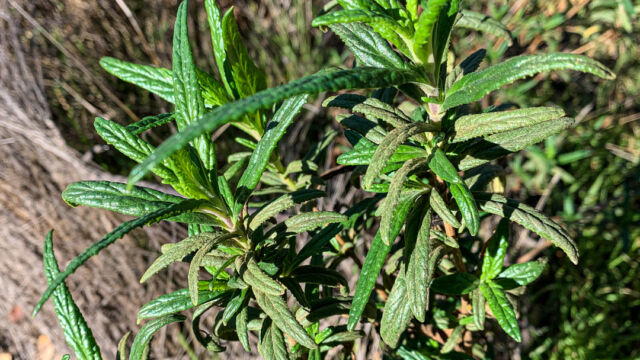
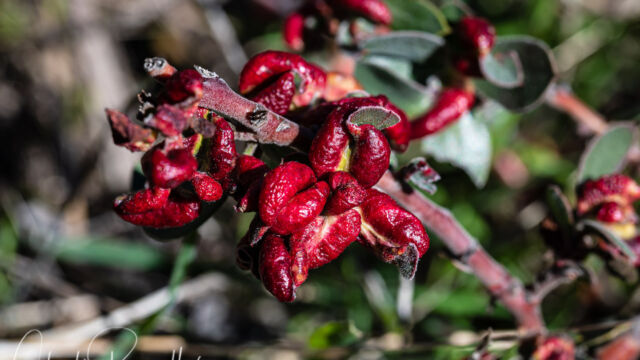
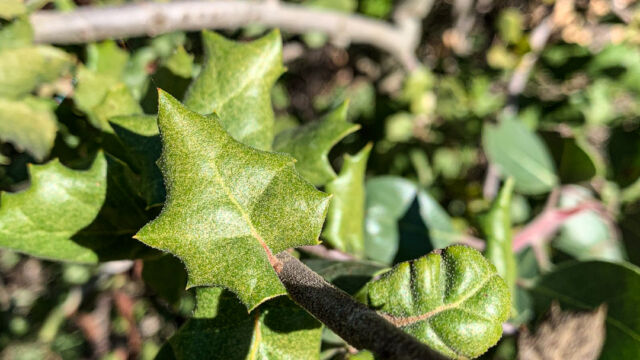
Add comment